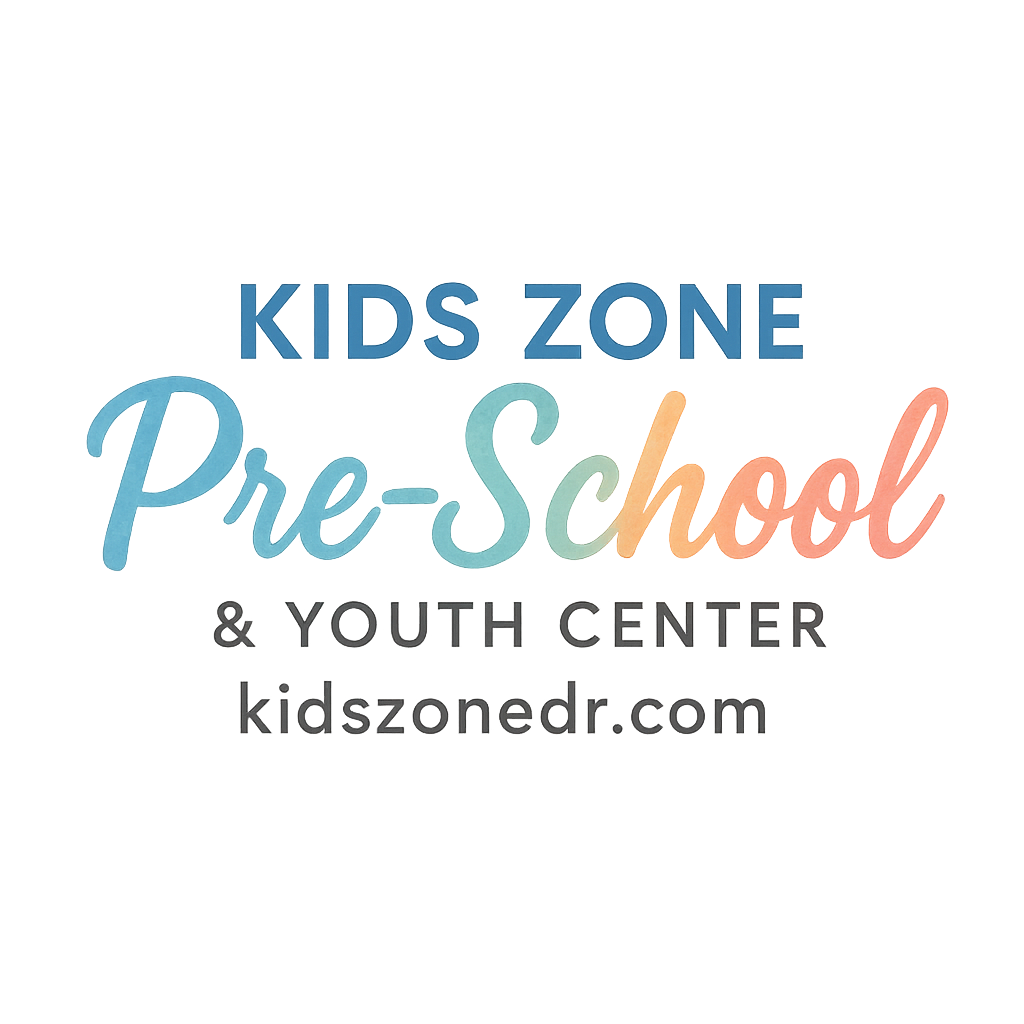Introduction: Why Storytelling Matters for Preschoolers
Have you ever noticed how kids’ eyes light up when you tell them a story? Storytelling isn’t just about entertainment—it’s a powerful way to spark curiosity, fuel creativity, and build essential communication skills. In preschools and youth centers, storytelling games provide structure and fun while encouraging children to think outside the box.
The Role of Imagination in Early Childhood Development
Imagination is more than “play”—it’s the foundation of problem-solving, social skills, and self-expression.
Boosting Creativity Through Play
When children create stories, they’re learning how to form ideas, experiment with language, and take creative risks. It’s like giving their brains a workout at the gym—but with words and play instead of dumbbells.
Storytelling as a Learning Tool
Storytelling can support literacy, boost vocabulary, and even connect to daily preschool routines (see routines & activities here). It also reinforces emotional understanding, helping children make sense of feelings through characters and narratives.
Game 1: Story Cubes Adventure
How to Play
Story cubes are small dice with pictures instead of numbers. Children roll them, then use the images to create a fun and imaginative story. For example, if the dice show a castle, a key, and a dragon—suddenly, there’s a thrilling adventure unfolding.
Benefits of Story Cubes
Language Development
This game pushes kids to use descriptive words and sequence events, strengthening their early literacy skills (learn more about preschool learning development).
Confidence Building
Every time a child shares their story, they gain confidence in speaking in front of others. It’s a gentle way to prepare them for classroom participation (see classroom tips).
Game 2: Pass the Story Circle
Step-by-Step Setup
Children sit in a circle. One child starts a story with a single sentence. Each child adds a line until the story loops back to the beginning. The results? Hilarious twists, surprising turns, and lots of laughter.
Benefits for Group Dynamics
Listening Skills
Kids must pay attention to what their peers say, building active listening habits (see daily schedule strategies).
Collaboration
This activity teaches teamwork—everyone has to contribute, but in a way that fits the flow of the story.
Game 3: Puppet Show Storytelling
Materials You Need
Puppets can be store-bought or handmade. Even a sock with googly eyes can become a character! Add a cardboard box as a stage, and you’re ready.
Why Puppets Inspire Creativity
Role-Playing & Empathy
When kids act out stories with puppets, they step into different roles, exploring empathy and perspective-taking (read more about child talk development).
Public Speaking Skills
Puppet shows give children a safe way to speak in front of others, making them more comfortable with self-expression and confidence (confidence-building resources).

Game 4: Picture Prompt Stories
How Educators Can Guide This Game
Show children a picture (like a beach, an astronaut, or a puppy) and ask them to build a story around it. Teachers or caregivers can encourage questions: What is the puppy’s name? Where is it going?
Benefits of Visual Story Prompts
Visual cues ignite imagination quickly. They also help kids connect words with images, strengthening their ability to describe scenes and ideas (see learning resources).
Game 5: Storytelling Treasure Hunt
How to Organize a Story Hunt
Hide picture clues or objects around the classroom or outdoor area. As children find them, they piece together a story. For example, finding a pirate hat, a map, and a coin could lead to an epic treasure-hunting tale.
Why Kids Love It
Problem-Solving Skills
Kids must figure out how the objects connect, encouraging logical thinking and creativity (see growth milestones).
Teamwork
The treasure hunt format naturally promotes cooperation and shared excitement—important parts of preschool social growth.
Game 6: Build-a-Story Cards
How to Create Your Own Cards
Write simple prompts on cards—“A hero finds a secret door,” “A puppy gets lost,” or “A rocket blasts off.” Children draw cards and use them to build unique stories.
Benefits of This Game
It sparks imagination, teaches sequencing, and works for both group play and one-on-one sessions. Plus, it’s easy for parents to continue storytelling fun at home (see parental involvement tips).
Tips for Making Storytelling More Engaging
Incorporating Daily Routines
Integrate storytelling into circle time, snack breaks, or outdoor play (daily preschool routines).
Encouraging Parental Involvement
Parents can support storytelling at home by creating bedtime story circles or encouraging kids to narrate their day (parental involvement insights).
How Storytelling Connects with Preschool Learning Development
Emotional Growth
Through stories, children learn to label emotions and handle social situations—whether it’s sharing toys or overcoming fears.
Milestones in Communication
Storytelling games naturally support key preschool milestones, from sentence-building to vocabulary growth (see more about milestones here).
Safety and Comfort During Storytelling Games
Creating a safe and comfortable space is essential. Ensure the classroom or play area supports inclusion, comfort, and wellness (learn more about preschool health & safety).
Conclusion: Unlocking Imagination Through Play
Storytelling isn’t just about words—it’s about unlocking imagination, building confidence, and creating joyful learning experiences. From story cubes to puppet shows, these six games give preschoolers and youth center kids a chance to grow socially, emotionally, and academically. When children play with stories, they’re not only having fun—they’re shaping the way they see the world.
FAQs
1. How do storytelling games improve preschool learning?
They enhance language, listening, and problem-solving skills, supporting overall child development.
2. Can storytelling games be played at home?
Absolutely! Parents can use story cubes, cards, or even daily routines to spark storytelling at home (see home involvement tips).
3. Do these games require special materials?
Not always. Many games use simple household items like paper, pictures, or toys.
4. How often should preschools include storytelling games?
Ideally, a few times per week. Regular practice boosts confidence and imagination.
5. What age group benefits most from these activities?
Preschoolers (ages 3–5) and early youth center participants benefit the most, but older children enjoy them too.
6. How do storytelling games help shy children?
They provide a safe, fun way for shy kids to speak up and build confidence (see confidence-building tips).
7. Are storytelling games linked to healthy habits?
Yes! Storytelling can teach kids about healthy eating, routines, and positive habits in a fun, engaging way.


